- Home
- Krav Maga Blog
- Krav Instructors
- Train in Israel
- Tour Train Israel
- Krav Shop
- DVD
- Kickboxing
- IKI Near Me
- Seminars
- IKI Membership
- On-Line Training
- Krav Maga Training
- Testimonials
- History Krav Maga
- Instructors Page
- Past Blogs
- Spanish
- Italian
- Certification
- Contact
- Holland Seminar
- Vienna Seminar
- Poland Seminar
- Italy Seminar
- Belt Requirements
Overloon Battle and Museum
By Moshe Katz
The Battle of Overloon is one of the lesser known battles of World War Two due to the relatively small number of forces involved, and yet it is very important. The battle took place in and around the town of Overloon, in the Limburg region of the Netherlands, between 30 September and 18 October 1944. It resulted in an Allied victory.
The battle was also the largest tank battle ever fought in the Netherlands. Actually I believe it was the only tank battle ever fought in the Netherlands.
The British and Americans fought in this battle against the Germans, suffering heavy losses, including many tanks. The Americans lost 35 tanks and the British lost 20 tanks. An estimated 2,500 soldiers were killed. In addition the Americans lost 2 planes and the British one.
The terrain is formed by swamps, wet grasslands, soft ground and creeks with large sections of woods, in addition it rained a great deal. This combination of factors made movement very difficult for the tanks; often getting stuck or being forced to stay on the road they became easy targets for the German defenders. Thus the infantry played the key role in this bloody battle.
After the initial bombing of the town; artillery, hand grenades and aircraft, the Infantry, practically alone, had to break the German resistance. Houses were taken one by one, man to man combat took place in the woods. The causalities were immense.
The US 7th armored division was called from France to take this area. They began the attack alone. The initial expectations were overly optimistic as it was thought there were few German soldiers here. The reality was that there were 7-8 times more German troops than they had been told.
As it became very clear that despite their heroic efforts they could not handle this task alone, with the enemy deeply entrenched, British troops were called upon to relieve them. The American advance had been slowed down by German mines, field artillery, Panther and Tiger tanks.
It should be noted that the Germans fought heroically, they were not willing to surrender. When they ran out of ammunition, they attacked using their bayonets.
The British came in to relieve the American troops. Three British divisions, including the 11th British Tank Division and the 3rd British Infantry Division, participated in this attack and suffered great losses. Together, victory was achieved, but at a very heavy cost.
The final segment of the battle involved crossing a stream called Molenbeek to take the last pocket of German resistance, but the tanks became lodged in the mud and the river and the area that surrounded it were covered with German land mines. The Allied soldiers continued to cross the stream despite being cut down by German bullets and blown up by the mines placed at the bottom of the stream. The blood stained stream was then nicknamed Bloedbeek, River of blood.
The Allies, though victorious, lost many more men then the German defenders who were entrenched and well prepared. Allied losses came to about 1,878 while the Germans lost about 600 men and just a few tanks, but the battle was over, and the war was one step closer to conclusion.
Stop, be silent and remember.
Their sacrifice, and those of so many others, are preserved and honored in this museum and park. As it says...Sta Een Ogenblik Stil bezoeker en bedenk; Stand, (pause) for the blink of an eye be silent, visitor...and think about it...
The museum covers the heroic efforts and sacrifice of the military as well as the suffering of the local population and the German propaganda efforts aimed at convincing the Dutch population that their natural place is with the Germans.
The museum takes us through all the horrors of war; the fear felt by the population as the visitor can enter a bomb shelter and in pitch dark hear the screams of parents searching for children as bombs fall upon their city.
The soldiers, as we sit in a place and look down as the bombs hit the cities. Civilians; Photos of the Dutch population, being occupied by enemies and struggling to stay alive with limited resources. And of course the persecution of the Jewish population and the Nazi hatred which knew no mercy and no limits.
Stop and be silent, dear visitor, for you about to enter hell on earth. Be still and think about what it was like to be here, just a few years back, be careful as the silence could be interrupted by a buddy stepping on a land mind or a fellow solider being felled by the bullet of a sniper. For all, life hung by a thread. You do not have the right to forget, you are commanded to study, to remember, to honor...lest you be forced to repeat these events.
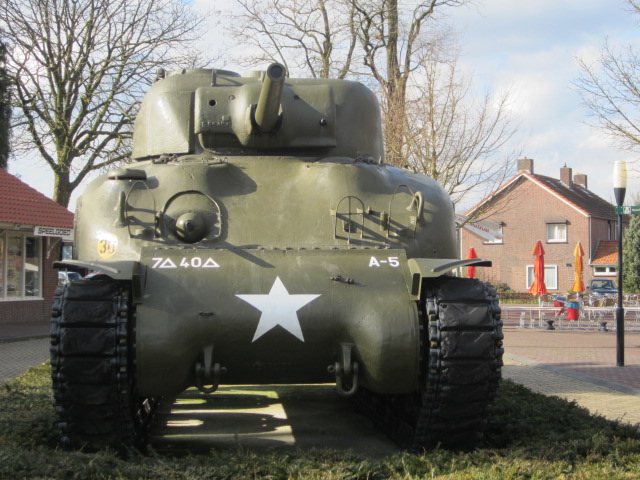
On this site was established the largest and most extensive World War Two museum in all of the Netherlands, plus a memorial to the Dutch Resistance, and a huge collection of post World War two vehicles, tanks and weapons.
Many of the original artifacts in the museum were left on the battlefield after the war. The museum opened in 1946.
There is a memorial in the part which reads as follows;
Dutch: STA EEN OGENBLIK STIL bezoeker en bedenk dat de grond waarop gij nu vertoeft eens een van de felst omstreden sectoren was van het slagveld Overloon. Bitter is hier gevochten in man tegen man gevechten. Vele jonge levens ontkomen aan de slagvelden van Nettuno en Normandië vonden onder deze bomen hun einde.
English translation: TAKE PAUSE visitor, and consider that the ground you now occupy was once one of the most fiercely contested sectors of the Overloon battlefield. Bitter hand-to-hand combat ensued here. Many young lives, having escaped from the battlefields of Nettuno and Normandy, met their ends under these trees
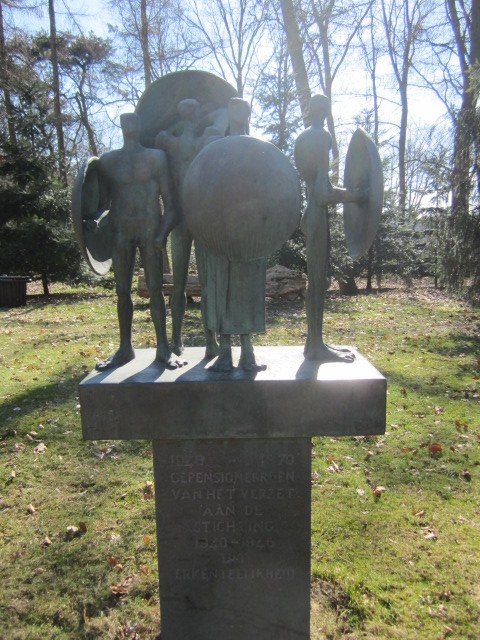
Verzet - Resistance, in honor of the Dutch Resistance movement during World War Two. A nation can be judged by how they react to violence and hate. Some welcomed the enemy and saw opportunities for themselves, at the expense of others. Some fought back as best they could, and some risked everything. Those who gave their utmost elevated their people, gave them dignity in the shadow of hell and raised the human spirit. Verzet - Resist! Always.
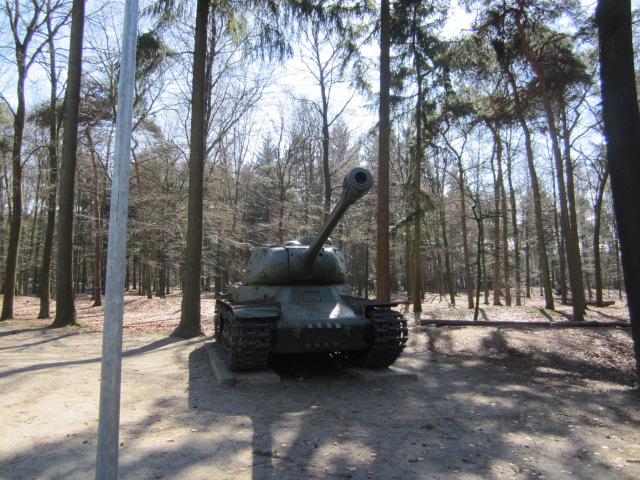
Inside the Museum
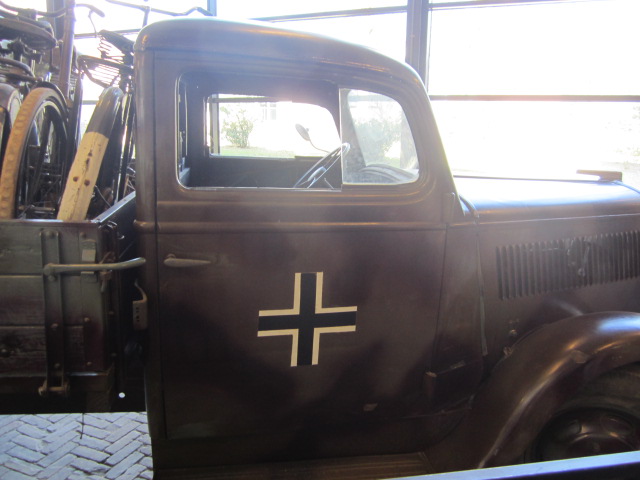
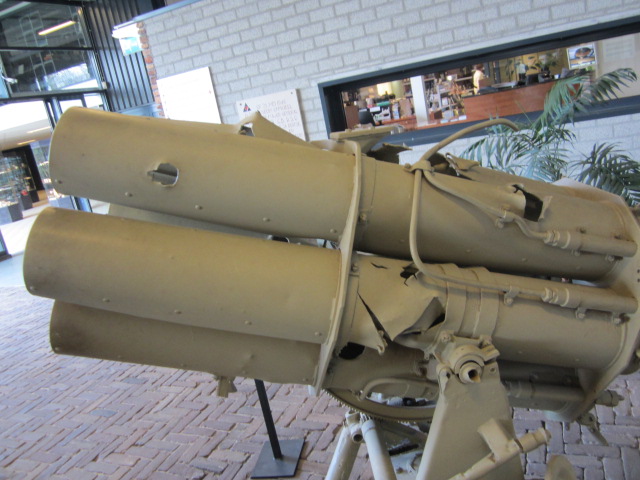
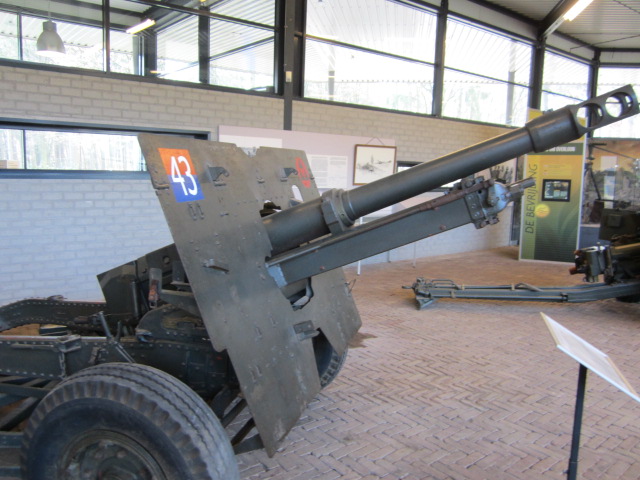
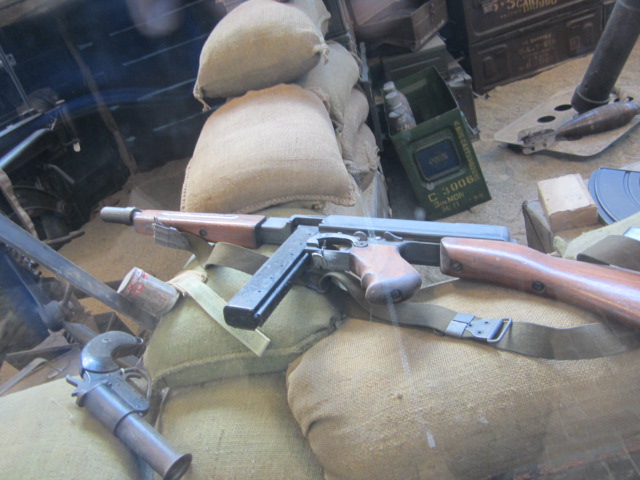
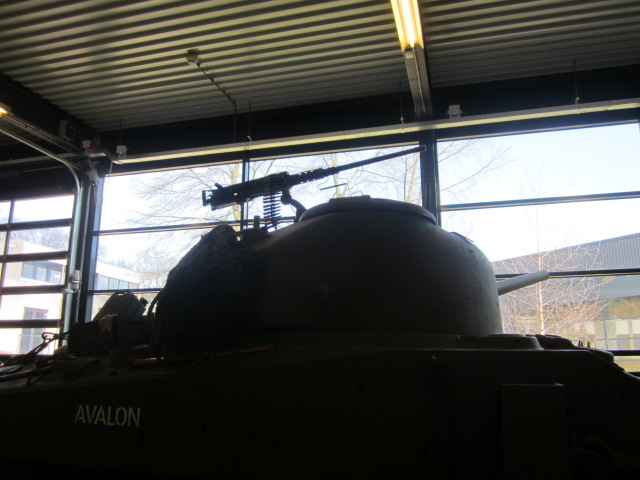
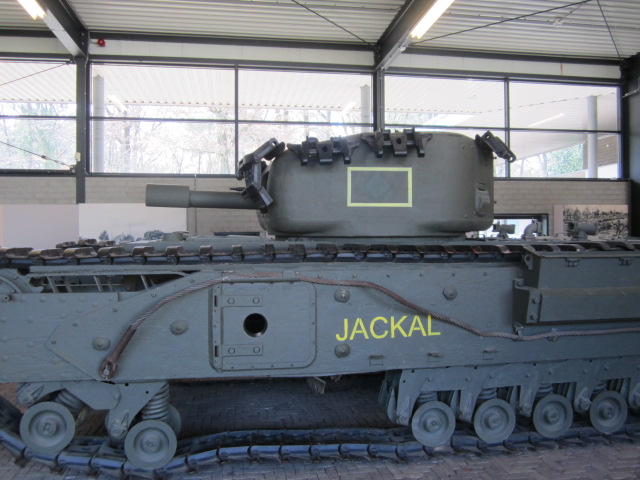
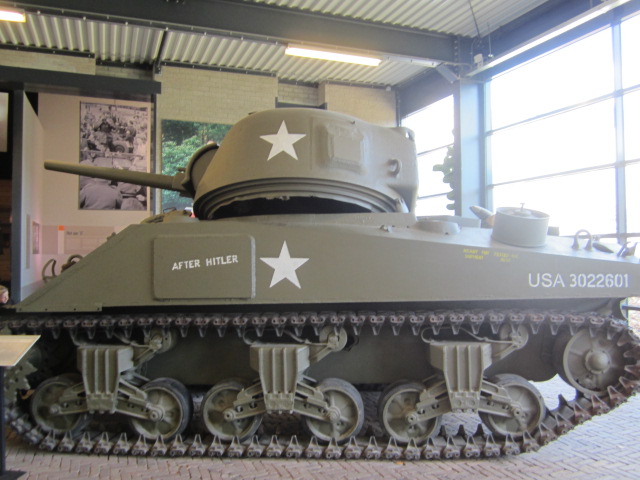
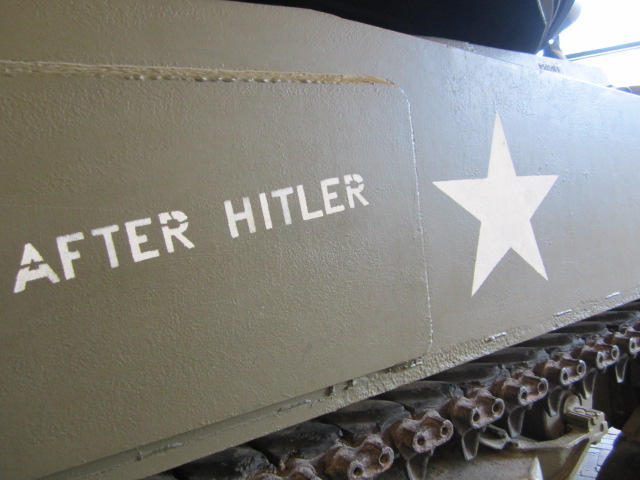
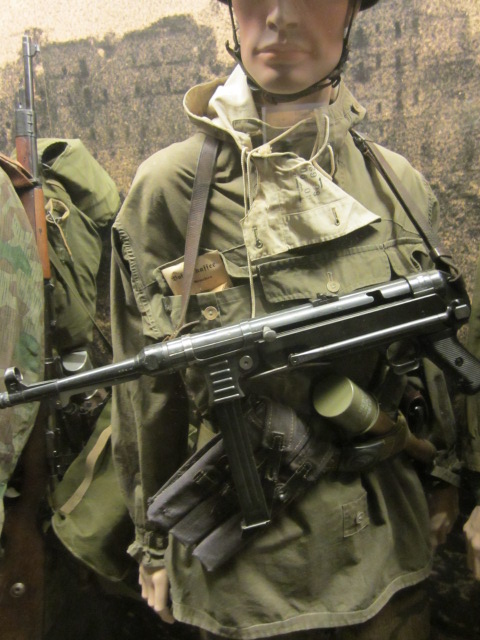
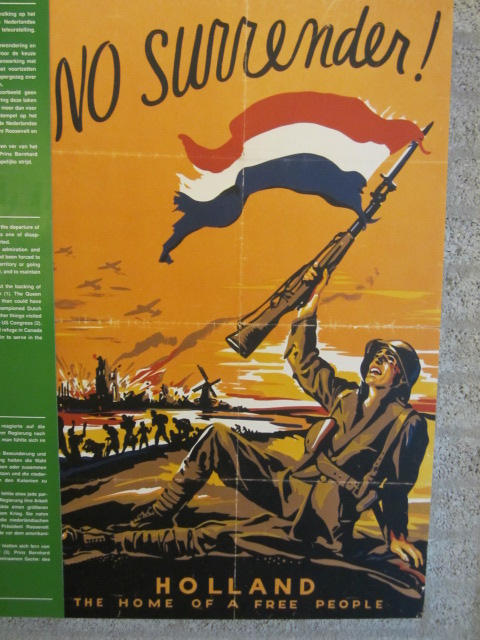
Original poster encouraging the Dutch people not to surrender to the Nazis.
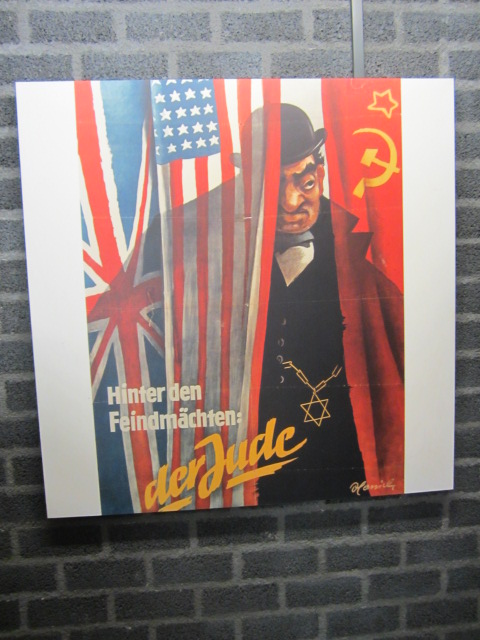
"Behind the enemy powers", the old Antisemitic idea that behind the USA and the Soviet Union and England is the Jew who really controls everything. World War Two and the Holocaust proved otherwise as the Jews fought alone with no help but lip service from these Great powers. The governments of the world and the Vatican were not "able" to offer any assistance. Read "While 6 Million Died", "The Politics of Rescue", "The Abandonment of the Jews".
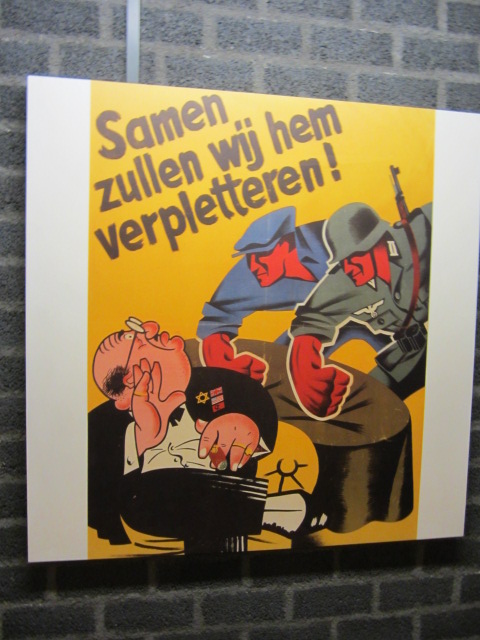
"Together we will crush him", Nazi poster encouraging the Dutch people to join their "natural" allies, the Nazis, and together crush the Jew, the source of all their troubles. Dutch collaborators were treated harshly by the Dutch after the war.
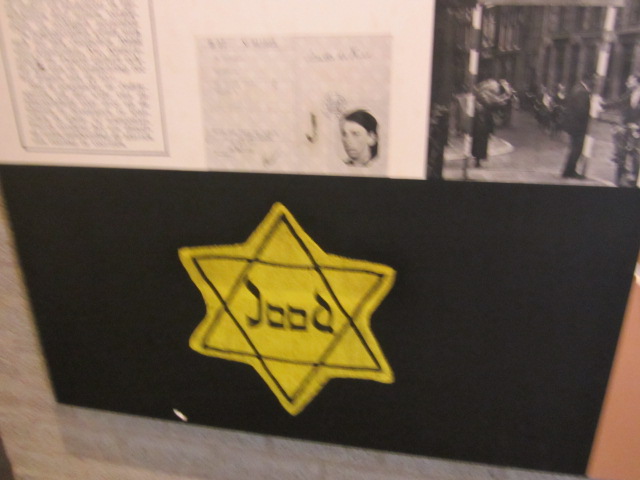
Jood - Jew. With the Nazi occupation of the Netherlands life for Jews becomes hell, and finally leads to the "Final Solution". over 103,000 Dutch Jews perished in the Holocaust.
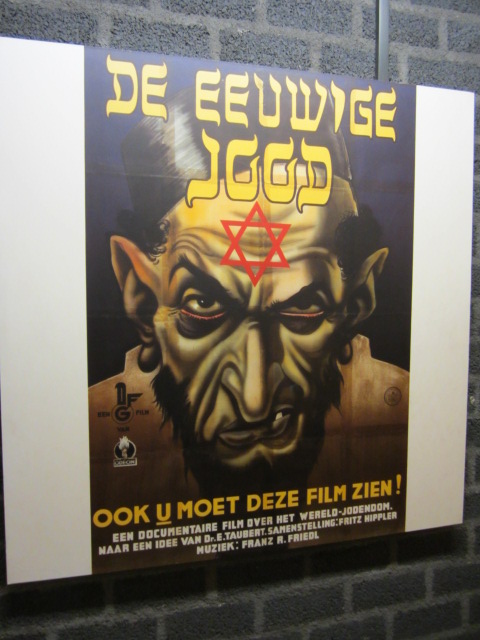
"The Eternal Jew", a movie about the "dangers" the Jews pose to Europe.
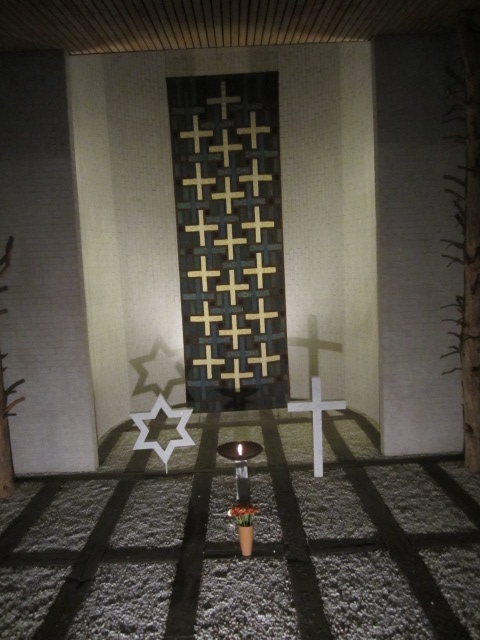
A Chapel in the museum. A place to honor the fallen. Jews and Christians fought side by side in all the allied armies; USA, Canada, Soviet Union, France, Belgium, Poland, Holland, Resistance movements, in every country and in every way.
One can sense the peace here. A peace so greatly deserved.
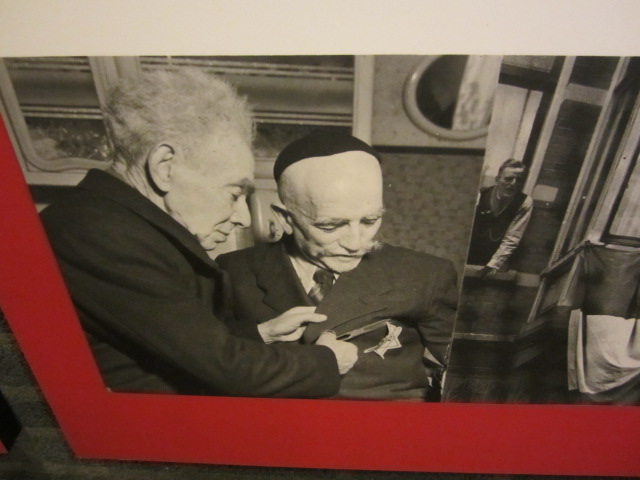
With the defeat of the Nazis and the liberation of Europe the Jews are finally able to remove the yellow star that marked them as Jews and as victims. They could now attempt a return to normal life. For many this became impossible. To this very day many in are mental health care facilitates in Israel and others struggle with poverty and reoccurring nightmares. But we remember the Allied soldiers and their heroic fighting that liberated Europe.
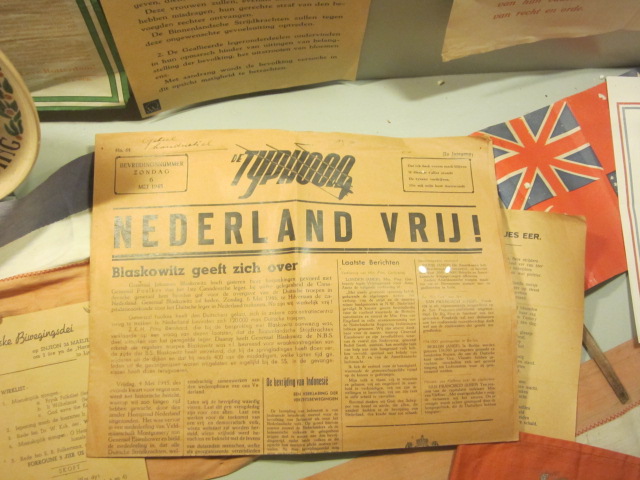
The original newspaper; Nederland Vrij! Netherlands Free!
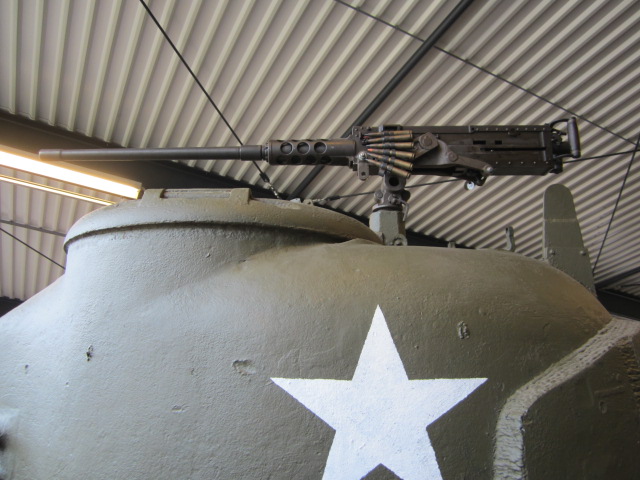
70% of the tanks and vehicles here are still functional.
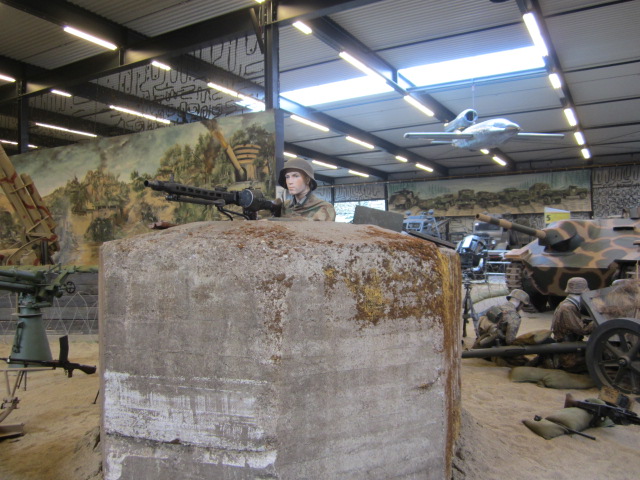
Amazing recreation of World War Two scenes. With WW2 era music playing, cigarettes and newspapers of the time it is easy to forget that it is now 2013.
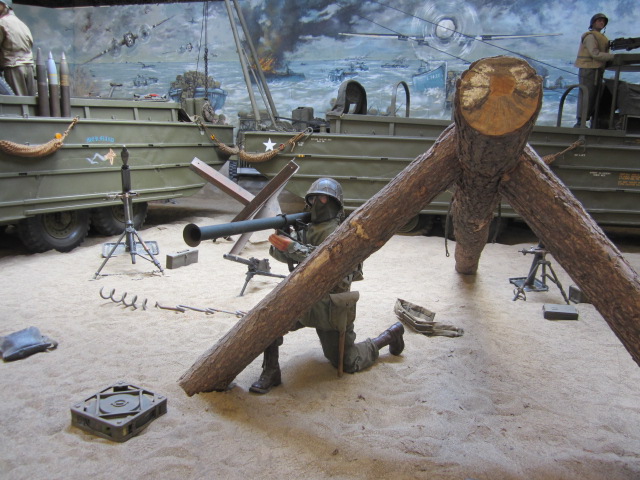
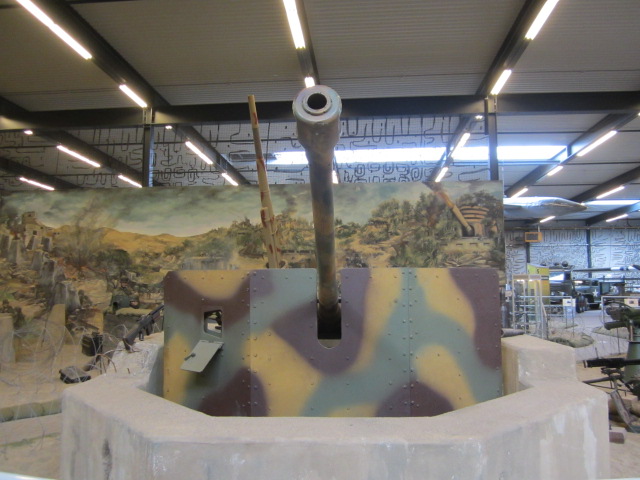
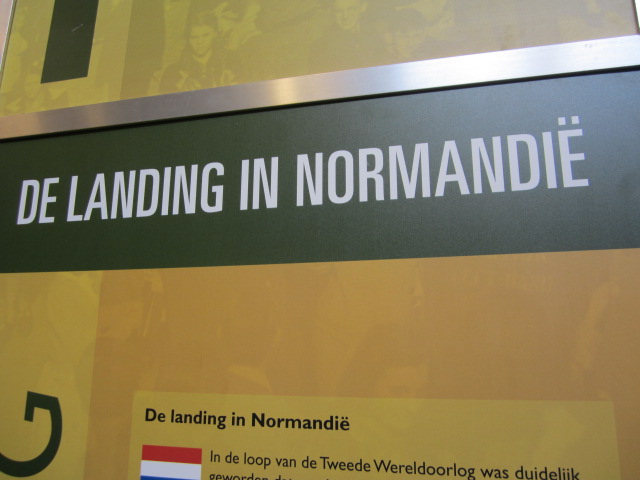
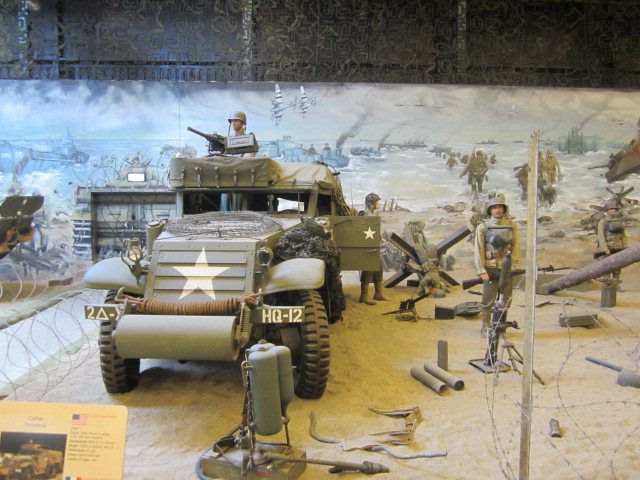
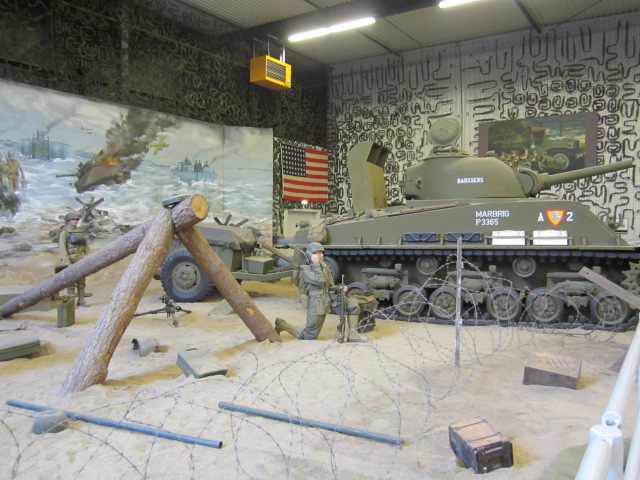
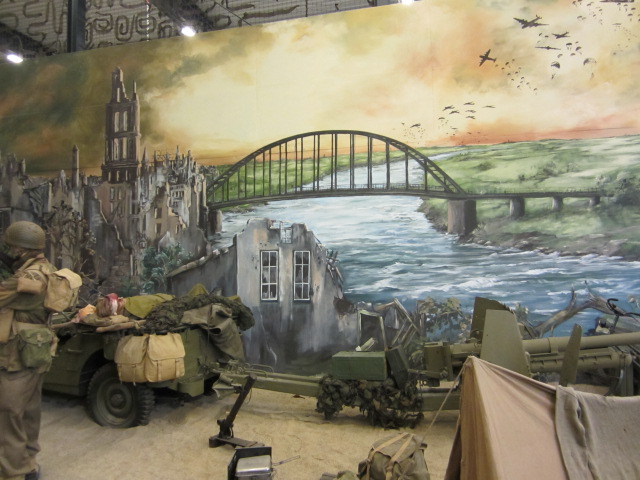
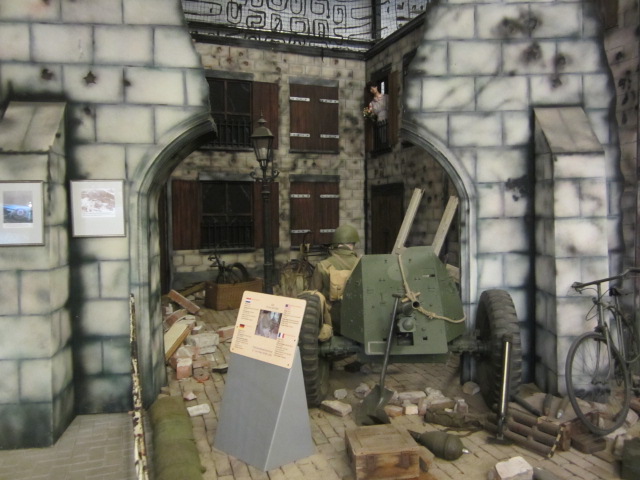
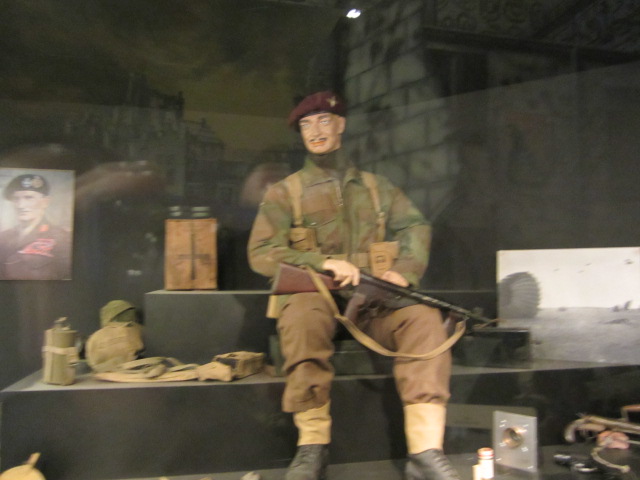
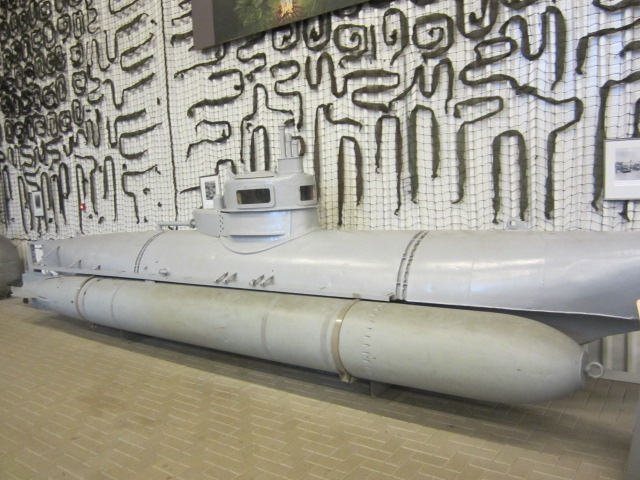
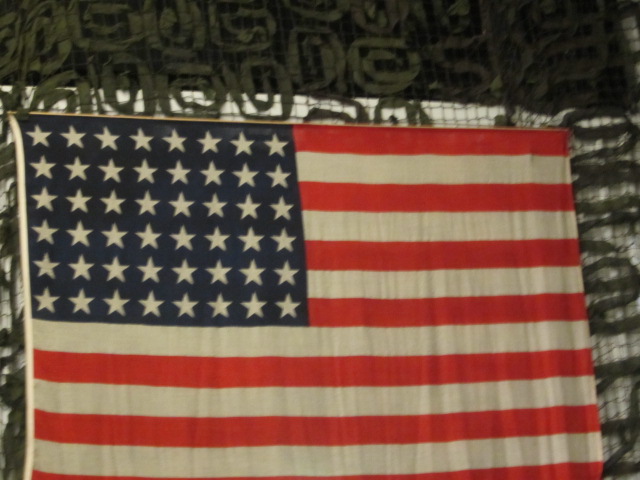
Old Glory proudly displayed!
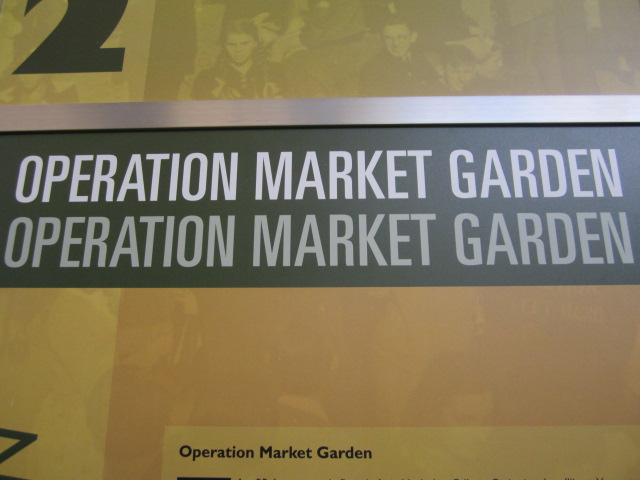
Operation Market Garden was unsuccessful attempt by the Allies to end the war early. The operation took place 17–25 September 1944. It was the largest airborne operation up to that time.
On September 17 thousands of Allied paratroopers descened behind enemy lines. The idea was to capture the bridges in the Netherlands, advancing rapidly and avoiding the German Siegfried line (the line of German defense). The plan did not succeed and the bridge at Arnhem proved to be a "Bridge too far" (Movie by the that name tells the story).
After 10 days of bitter fighting the operation ended with the evacuation of the remainder of the 1st British Airborne Division from the Arnhem area.
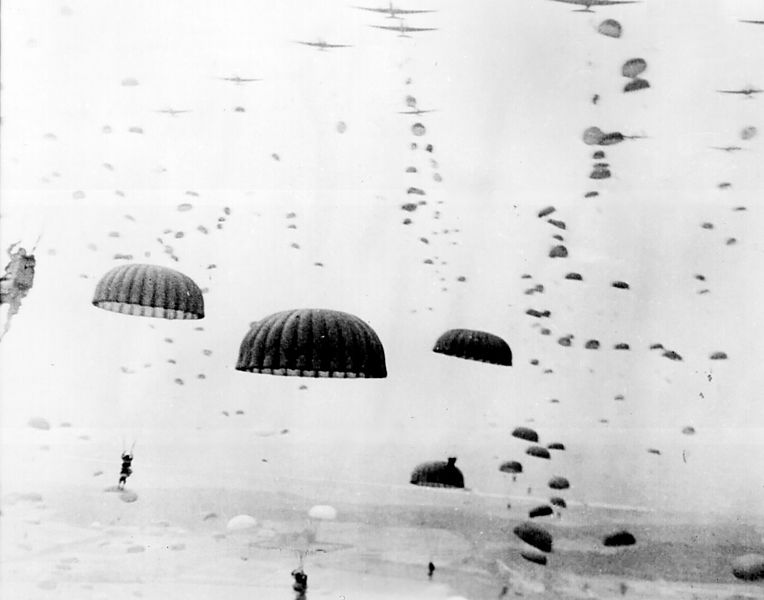
archive photo, Allied paratroopers, operation Market Garden, September 1944, the goal was to end the war by Christmas.
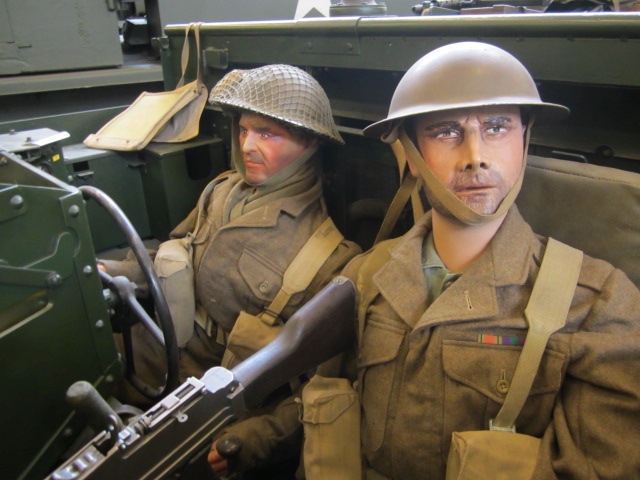
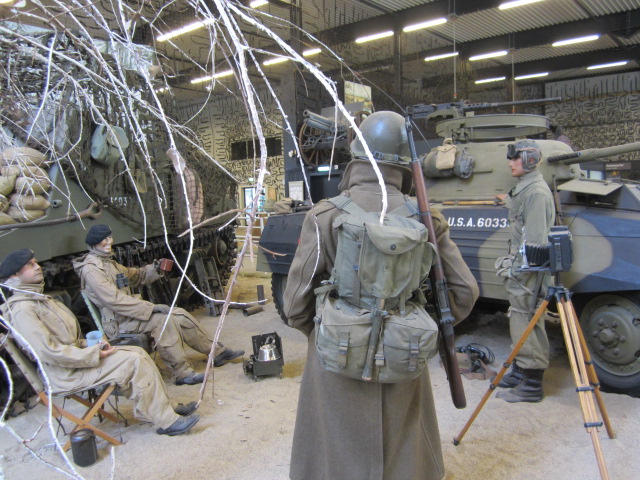
American troops, recreating the war, to remember, to honor.
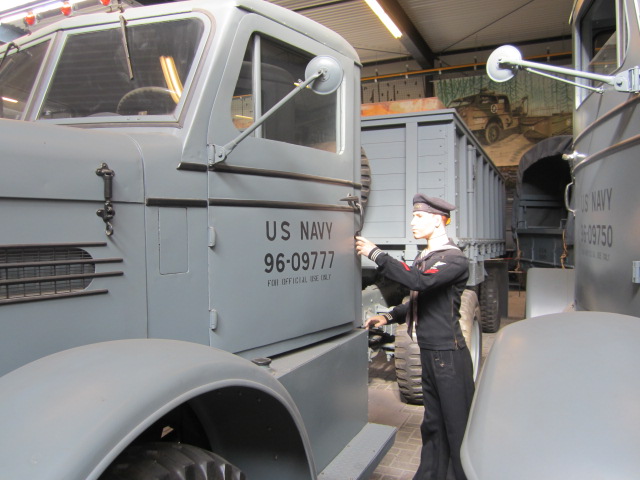
US Navy.
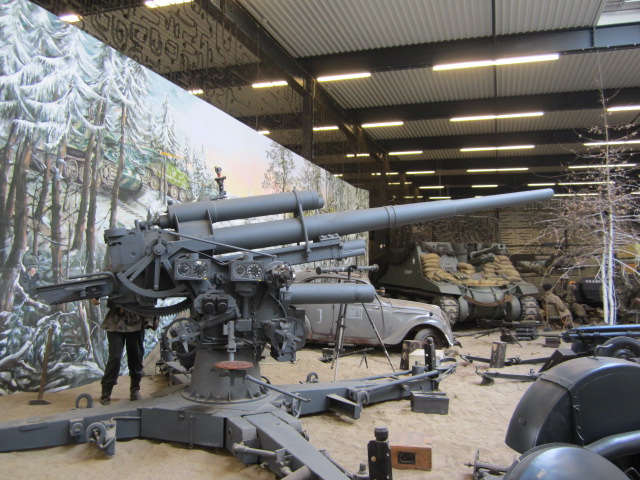
Original 88 mm Antiaircraft gun, explanation below.
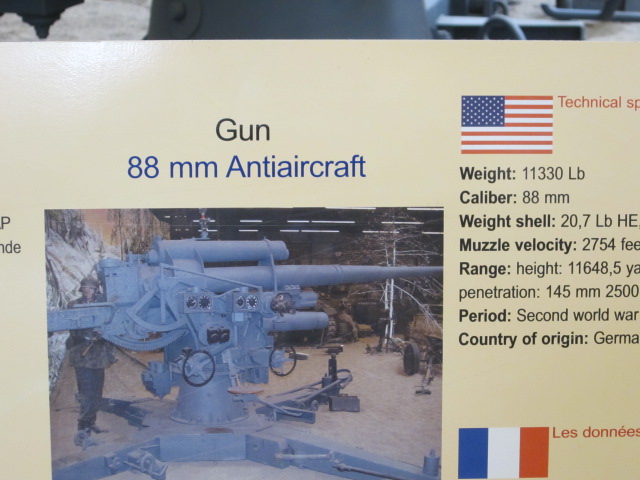
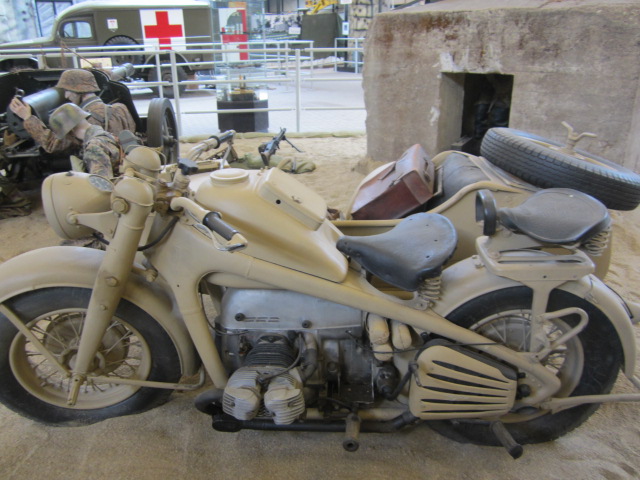
Looking at these vehicles one can only imagine the people that sat here. Now this motorcycle, and all the vehicles, stand still. Frozen in time, no longer moving, but there was a time, not so long ago when soldiers, young guys far from home, rode these vehicles. Every day brought new dangers, every day, fear and uncertainly. Standing here everything comes to life, with just a little imagination it feels like any minute and the war is upon us. Quick decisions must be made, action must be taken. The terrain is tricky, one must navigate carefully, and enemy fire could come at any moment. German sniper fire could take a man out without warning.
But still, it has passed, the soldiers are long since gone. Some fell here, many many fell here. Some went home but never really went home. Part of them is still here, where they fought, when they lost friends who had survived many tough battles. One never know who's turn it was to die today.
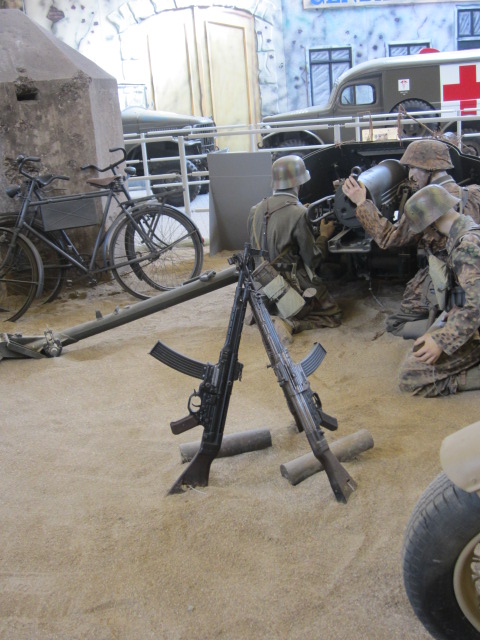
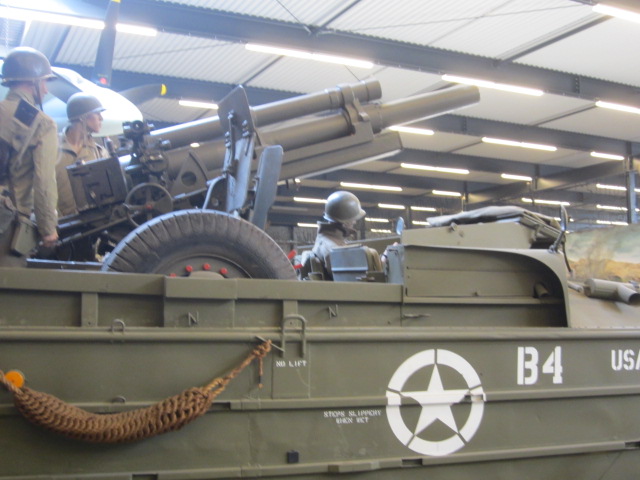
The Howitzer 105 mm
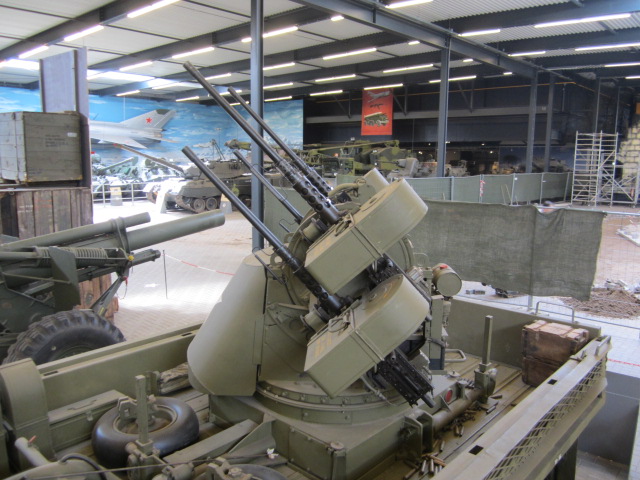
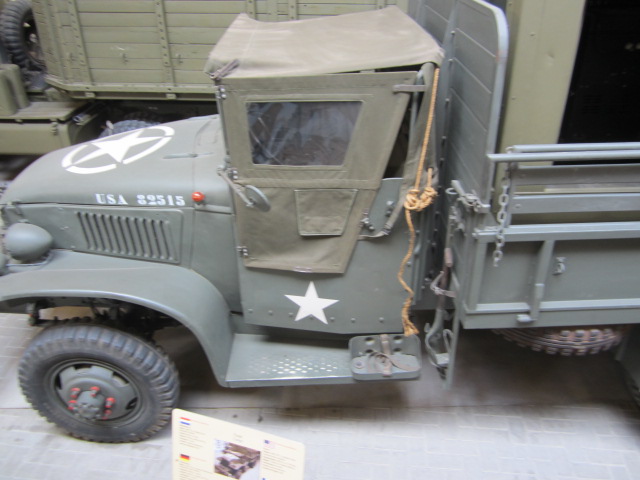
Most these trucks still function. Like being on the set of a WW2 movie, only everything is real.
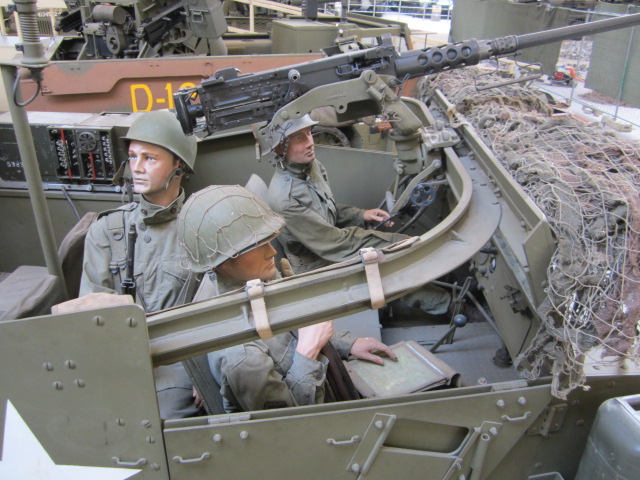
Looking at these life-like recreations, with authentic vehicles and guns that were actually used in World War Two (not replicas!) one loses the feeling of "cool" when one realizes the real danger these men faced, how this vehicle could run over a land mine, or be hit by a tank, or bombed by an aircraft. Suddenly the "fun" is taken out of the experience when one realizes that all this is REAL. Only the soldiers here are not real but they do represent real men who sat in this vehicle and faced danger, every day, for the duration of the war.
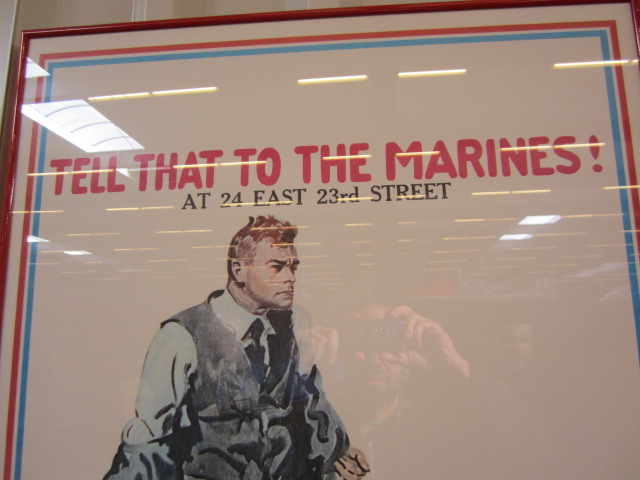
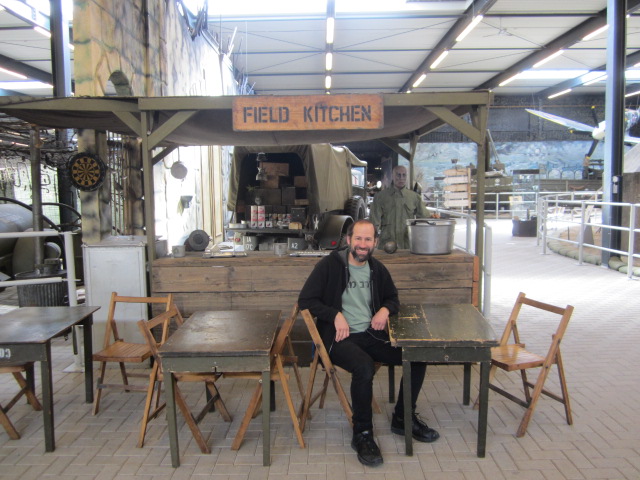
Moshe at the field Kitchen. Original tables and tools. The man behind the counter is not real, so no coffee was served. (Thankfully there was a place to have coffee nearby)
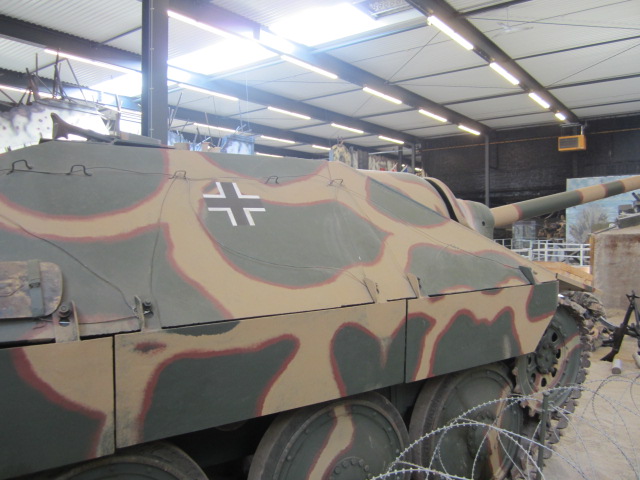
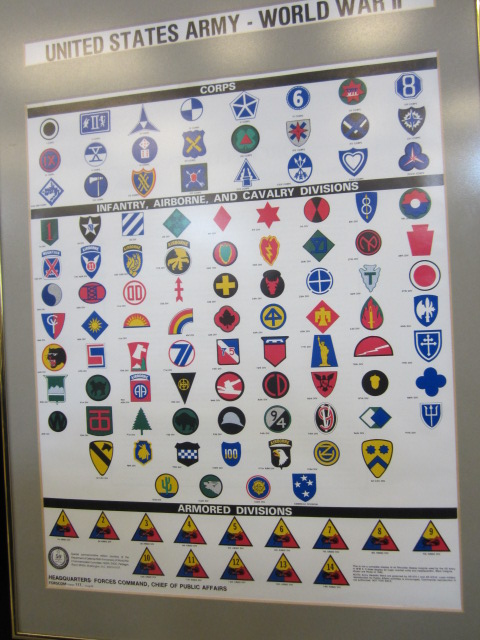
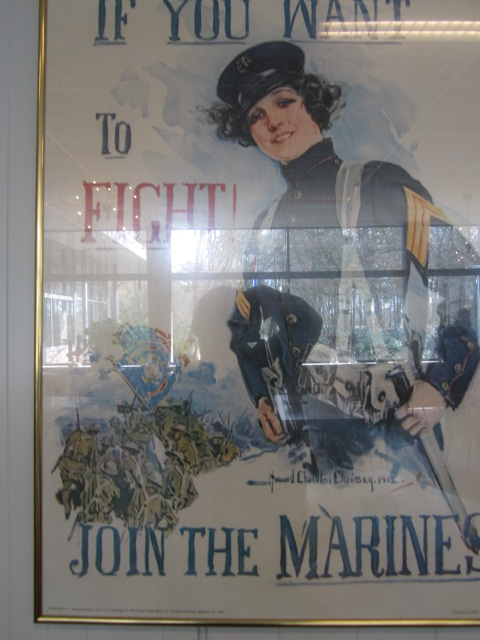
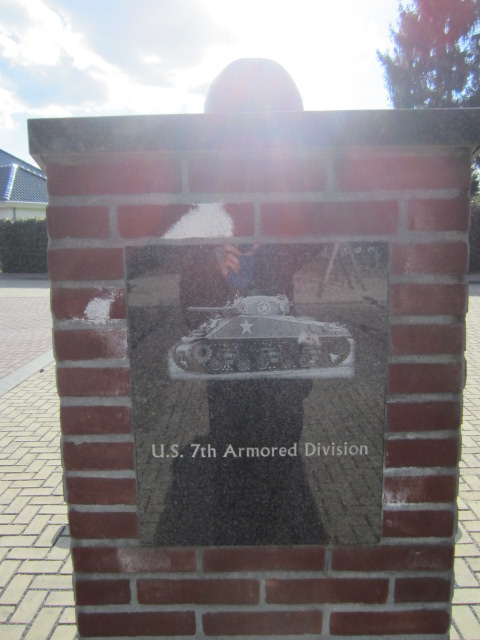
To the heroic men of the 7th Armored Division. Caught by surprise by the large number of German forces, they still achieved remarkable results.
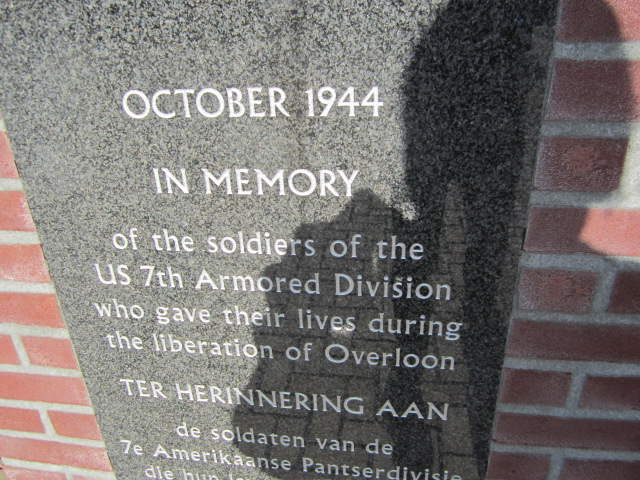
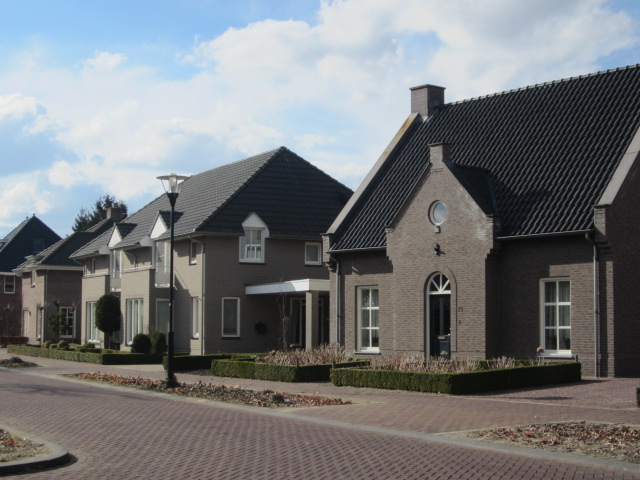
The town of Overloon and the nearby Venray were destroyed and reduced to rubble during the fierce battle. Today they are rebuilt, beautiful, and ...very very quiet.
The Dutch people, including those born after the war, have not forgotten the sacrifice made by the American and British troops. The museum is only one indication of their never ending appreciation.